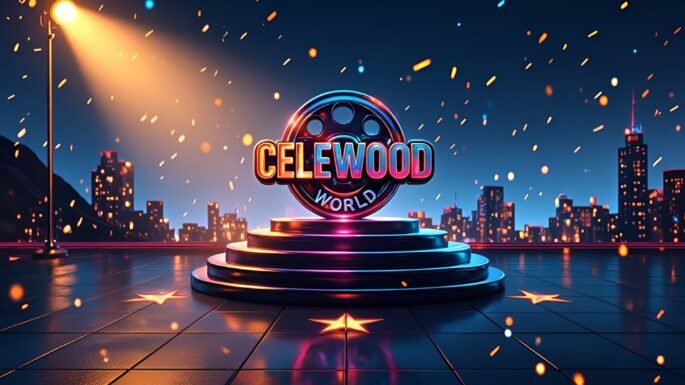Article –
On June 15, 2024, Netflix announced a major expansion of its animation division by acquiring Dreamland Productions, a renowned animation studio. This strategic move brings industry veterans Laura Benson and Mark Renner into Netflix’s leadership, with plans to significantly enhance the streamer’s original animated content portfolio over the next three years.
Netflix’s Animation Journey
Netflix began its animation efforts nearly a decade ago, initially focusing on licensed content and co-productions. In recent years, it has invested more heavily in original animated projects, including the Emmy-winning series Arcadia Chronicles and the critically acclaimed feature Midnight Tail. Despite these successes, animation remained secondary to live-action content. Rising competition from Disney+ and Apple TV+—both with strong animation investments—prompted Netflix to accelerate its commitments.
The Dreamland Productions Acquisition
The acquisition of Dreamland Productions marks a strategic pivot towards auteur-driven, innovative animation. Laura Benson, a multiple Annie Award-winning executive producer, will focus on expanding the studio’s capacity while integrating it with Netflix’s creative ecosystem. Mark Renner, recognized for pushing animation technology boundaries, will lead the integration of advanced production tools to optimize workflows.
Implications for Hollywood
This move thrusts Netflix into direct competition with legacy studios and other streaming platforms commanding powerful animation libraries, such as Pixar under Disney and Apple’s original animation content. By strengthening its own animation capabilities, Netflix aims to capture a greater share of the family and young adult markets.
Additionally, the acquisition reflects an industry trend of consolidation and vertical integration in content production, allowing Netflix to:
- Control both creative and technological aspects of animation development
- Reduce reliance on external studios
- Accelerate production timelines
- Experiment with diverse storytelling formats
The expansion also raises significant labor considerations, including workforce integration, union negotiations, and potential shifts in workplace culture. Analysts suggest this development may set precedents for employment standards in the animation sector.
Stakeholder Responses
Netflix executives heralded the acquisition as a milestone, emphasizing its role in enhancing original content across genres. Laura Benson highlighted the new creative opportunities and resources now available, stating, “We now have the platform to bring innovative stories to a global audience like never before.”
Industry analysts view the deal as a vital evolution, with one noting animation’s status as “one of the fastest-growing entertainment segments” that combines broad demographic appeal with merchandising potential. Fans have expressed optimism about the fresh and distinctive content expected from this collaboration.
Looking Ahead
Netflix plans to release multiple animated projects starting in late 2024, ranging from adult-oriented dramas to family-friendly features. Production pipelines will benefit from technological enhancements led by Mark Renner’s team.
Ongoing negotiations with voice talent and creative personnel aim to support the expanding content slate, while Netflix explores partnerships with international studios for greater diversity. As content consumption evolves post-pandemic, this animation push could influence Netflix’s broader strategic priorities, including subscription growth and global expansion.
In conclusion, Netflix’s acquisition of Dreamland Productions and its animation division expansion represent a transformative step towards becoming a powerful force in animated entertainment by investing in leadership, technology, and creative diversity.

